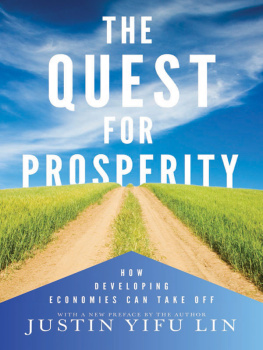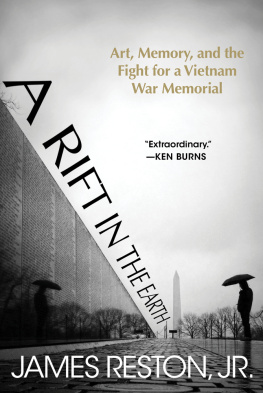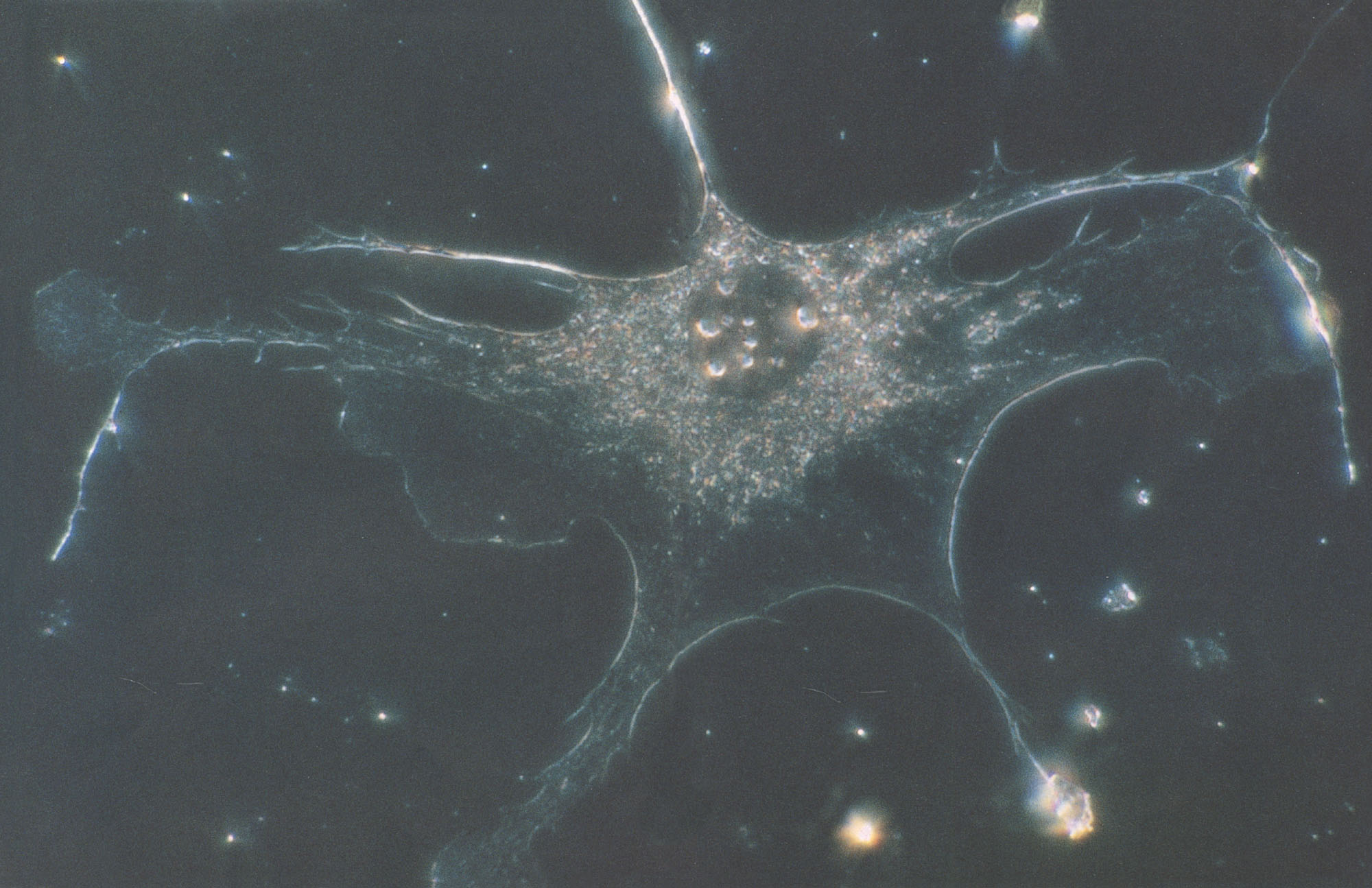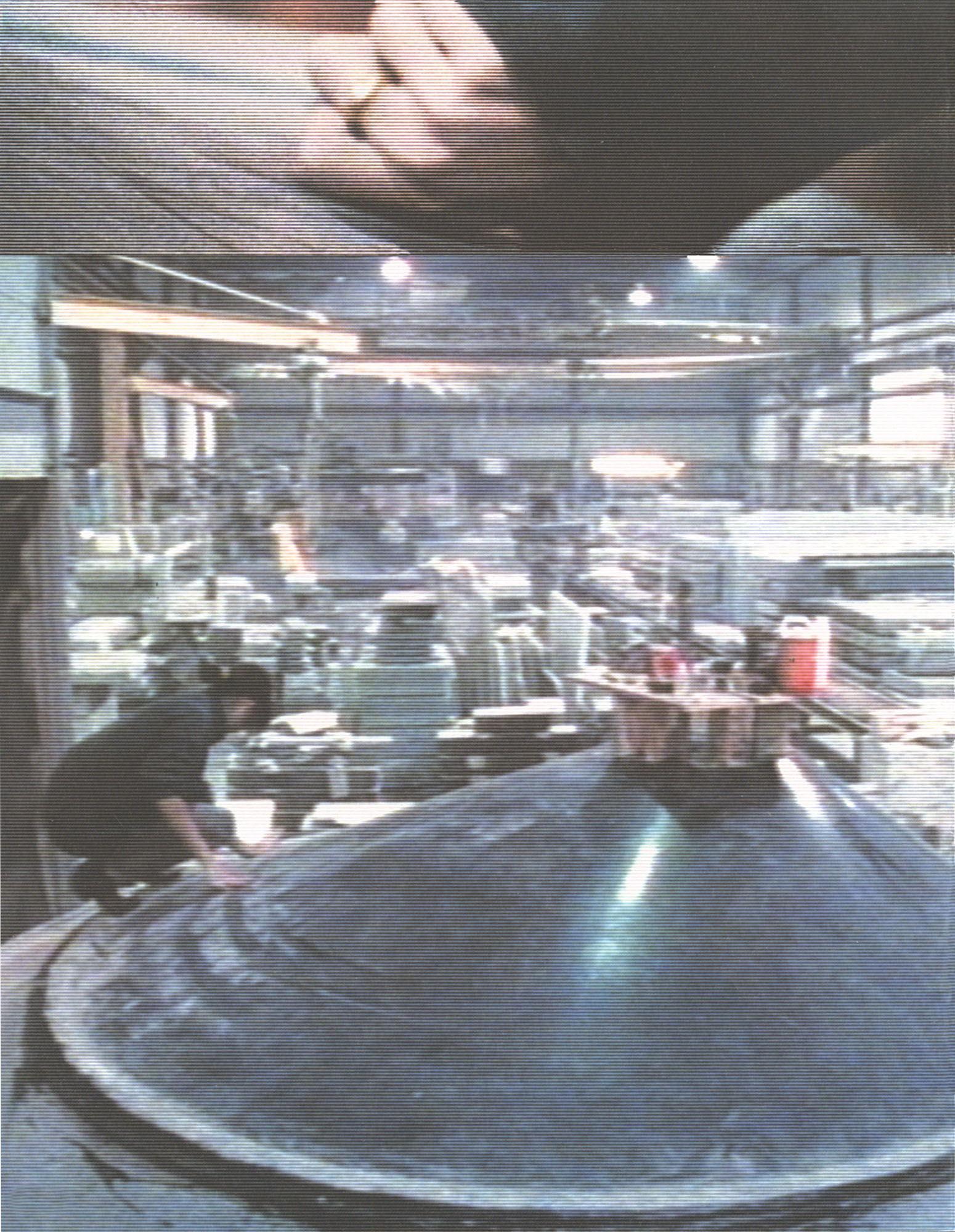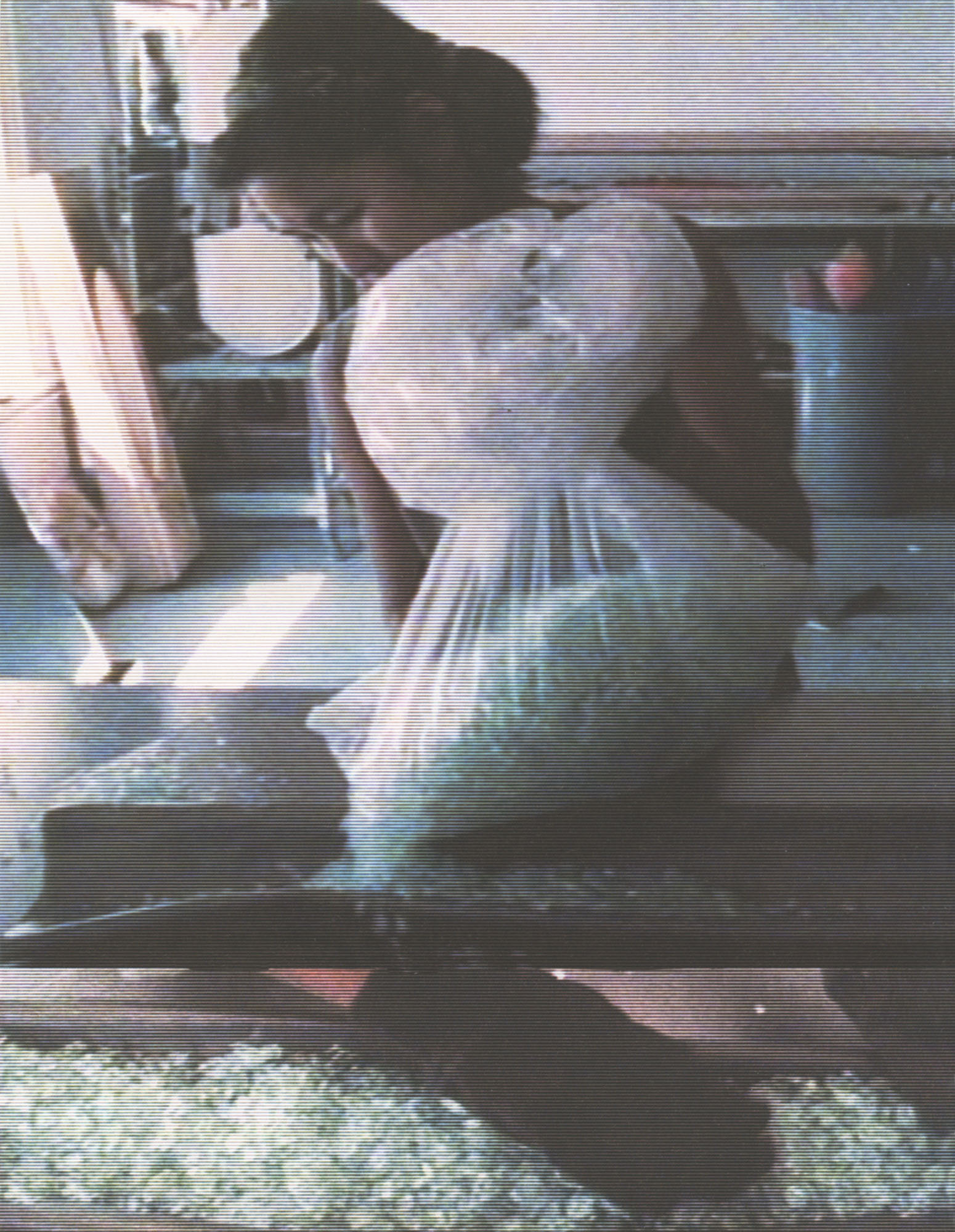I am always trying to find a balance between these opposing forces, finding the place where opposites meet.
water out of stone glass that flows like water the fluidity of a rock stopping time
existing not on either side but on the line that divides and that line takes on a dimensionality it takes on a sense of place and shape
Thank you for downloading this Simon & Schuster eBook.
Join our mailing list and get updates on new releases, deals, bonus content and other great books from Simon & Schuster.
C LICK H ERE T O S IGN U P
or visit us online to sign up at
eBookNews.SimonandSchuster.com
to my family and to the memory of my father
The Site of the Book
I see this book as an extension of my artand like my other works, it sits between two identities.
I hope that it is a book to be read and to be looked atand that you wont quite know if it should sit on your coffee table and be browsed through or if you should pick it up and take it with you to read. Its size, as it sits in your hand, was chosen so that you would feel comfortable picking it up and taking it somewhere to read, yet it is large enough so that once opened it has the presence of an art book.
I have seen it as a visual and verbal sketchbook, where image can be seen as text and text is sometimes used as image. This book gives a sense of my projects and the process I go through to make them.
I have often felt that a still photograph of any of my works does not afford an understanding of the piece, unless one has already seen it. Sometimes I think a film or a sequence of still frames pieced together allows one to walk through the piece, giving one a clearer understanding of the work. But these works are hard to capture in a single image. Without the element of time, one cannot see these pieces, and since so much deals with tactile sensations and changes in height, depth, and sound, the experience of a piece is not easily reduced to a single image.
Except perhaps in writing, where I can best describe the what of the piece, oftentimes by describing the why of the piece.
It is this reliance I have had on writing to help me see what my works are that has led me to write this book.
I feel that writing has been an integral part of my creative process. It has allowed me to clarify and visualize the work, becoming a material element of my work.

About the Work
I create places in which to think, without trying to dictate what to think.
Each of my works originates from a simple desire to make people aware of their surroundings, not just the physical world but also the psychological world we live in.
This desire has led me at times to become involved in artworks that are as much politically motivated as they are aesthetically based. I have been drawn to respond to current social/political situations in my work. My subject is not infrequently an idea of our time, an accounting of history, yet I would hesitate to call myself a political artistif anything, I would prefer apolitical as a self-description. I do not choose to overlay personal commentary on historical facts.
I am interested in presenting factual information, allowing viewers the chance to come to their own conclusions.
I create places in which to think, without trying to dictate what to think. I have produced works that are socially motivated, such as the Civil Rights Memorial in Montgomery, Alabama, or the Womens Table at Yale University, or the Vietnam Veterans Memorial in Washington, D.C. But more typical are those works that focus on purely aesthetic levels of experience, works that invite the viewer in, that ask the viewer to notice a change in shape, color, or light.
But whether socially or aesthetically based, in these works I seek to create an intimate dialogue with the viewer, to allow a place of contemplation, sometimes an incorporation of history, always a reliance on time, memory, a passage or journey.
A direct empathy exists between the artwork and the viewer. These works rely on a physical or empathetic response rather than on a learned one from the viewer in order to be understoodor, more accurately, felt. The works have a tactile quality. Water flows over the Civil Rights Memorial or the Womens Table, so that when the viewer touches the smooth surface of the water, the viewer creates ripplesand a direct interaction with the work. The Wave Field and Topo invite the viewer in to sit or walk into and through the work, to participate and become a part of the work.
This active participation with my work involves the viewer in a direct and intimate dialogue with the work.
I like to think of my work as creating a private conversation with each person, no matter how public each work is and no matter how many people are present.
I like to think of my work as creating a private conversation with each person.
My incorporation of text, whether a specific language or a scientific or mathematical notation, requires the viewer to read the work. This act of reading, which is inherently a private act, is made more intimate by my deliberate choice of a smaller-scaled text that one reads like a book, rather than a billboard. This creates a private reading in an otherwise public venue. The monuments especially capture this intimacy, one that is unexpected for works of that scale and public nature.
I think writing is the purest of art forms. When your thoughts and intentions are conveyed as directly as possible to another person, no need exists for a translation. Words can be the most direct means of sharing our thoughts.
The experiential nature of these works also incorporates the element of time. Some works, such as the monuments, mark a specific time frame. The Vietnam Veterans Memorial is a closed time frame with the beginning date of the war, 1959, meeting the end date of the war, 1975. The Civil Rights Memorial leaves a space between Brown v. Board of Education in 1954 and Martin Luther King Jr.s assassination in 1968: that space signifies the time before or after the time frame that the monument cannot encompass. And the Yale Womens Table uses a spiral of numbers, marking a beginning but not an end. The last number marks the enrollment of women in 1993, the year I installed the sculpture.
This use of time brings viewers into a real-time experience of these works, allowing for their participation and making past events part of the actual time spent reading the work. I have always felt that time is suspended when experiencing these works. One is almost gaining a neutral ground in history, where past, present, and future can exist simultaneously. In the Vietnam Veterans Memorial, returning veterans will find their time spent in Vietnam when they find a friends name.



